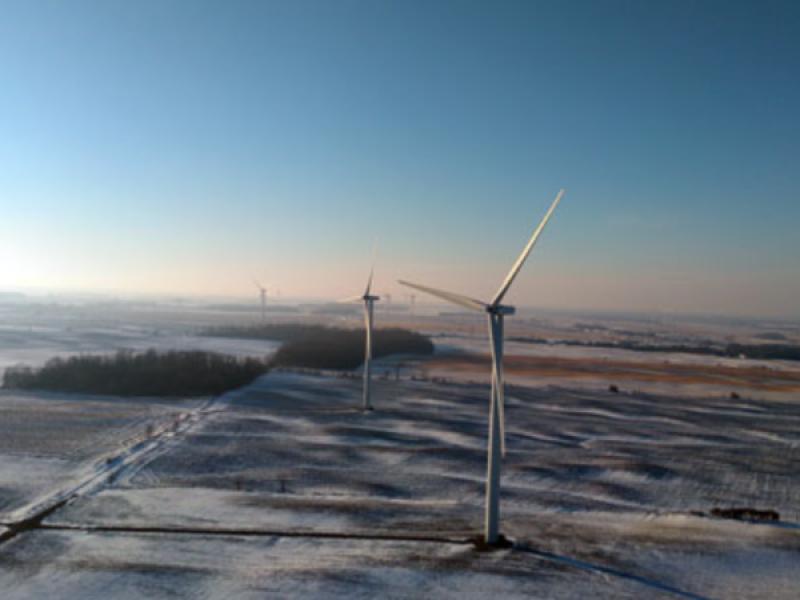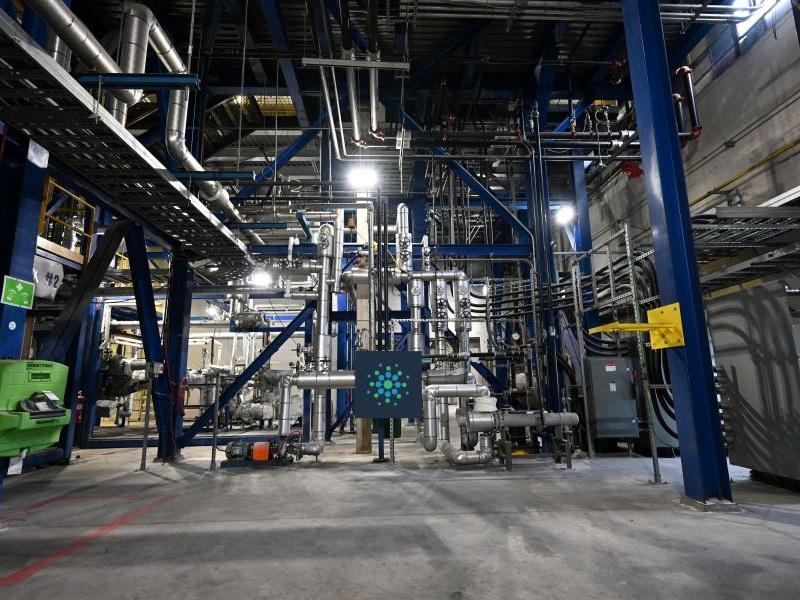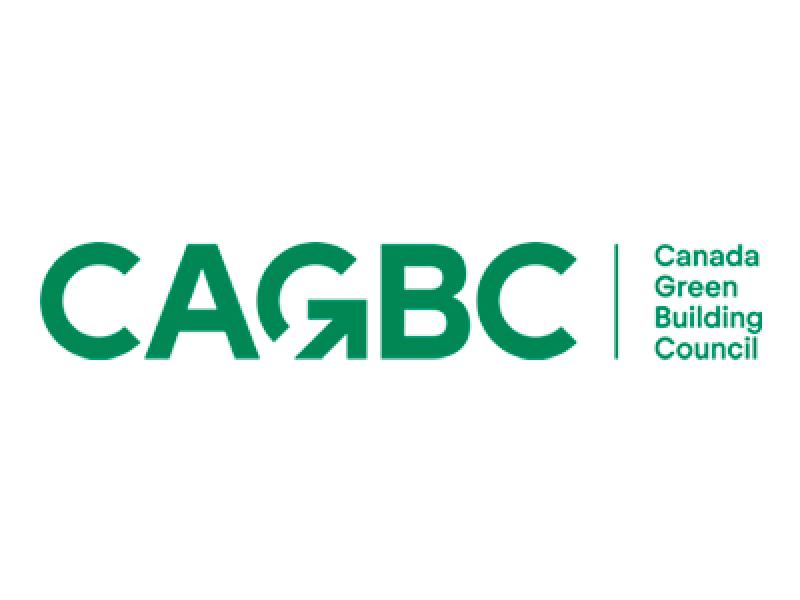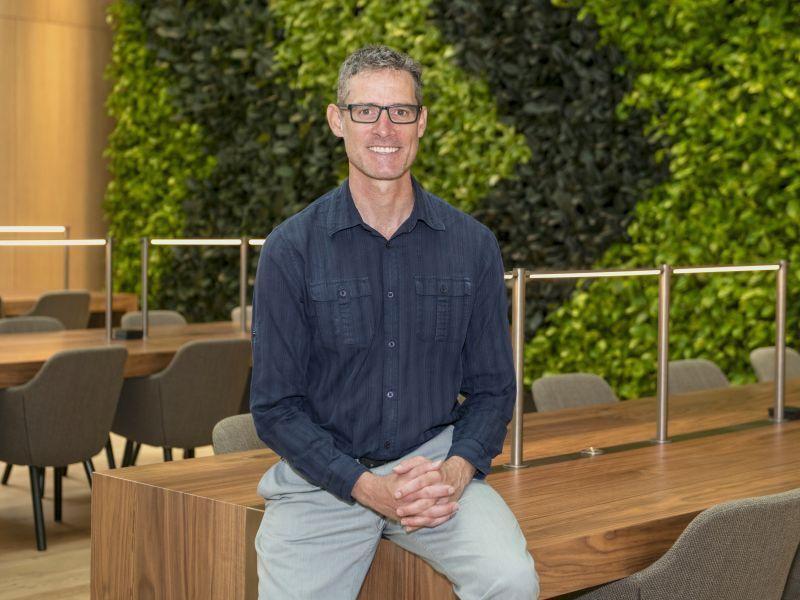
A three-year decarbonization effort at Arthur Erickson Place in Vancouver is founded on the building owners' belief in the financial as well as environmental benefits of a sustainable retrofit.
Arthur Erickson Place, a 363,000-square-foot, 26-storey commercial building, will undergo mechanical upgrades to its HVAC controls and get new electric boilers, heat pumps and air handling units that will play a part in eliminating virtually all carbon emissions from the building by 2025.
Kit Milnes, KingSett Capital’s vice-president of sustainability and resilience, spoke to Sustainable Biz Canada about the importance of modelling the gains of the retrofit to prove it is not only good for the environment, but also a wise decision for the company's bottom line.
“It just all comes together and makes sense financially, economically, environmentally. We couldn’t say no to it,” Milnes said of the retrofit.
KingSett’s decarbonization strategy
KingSett, an asset manager with $18 billion in assets, took ownership of Arthur Erickson Place in 2019, along with Crestpoint Real Estate Investments Ltd. and Reliance Properties Ltd.
Named after the famed Vancouver-born architect, Arthur Erickson Place was built in 1968 and was formerly named the MacMillan Bloedel Building. Milnes said it is well-known in the city for its “unique look.”
KingSett has a target of achieving a 35 per cent reduction in carbon emissions from its core fund by 2027, which includes Arthur Erickson Place. The reduction target is planned to increase as KingSett considers adding multiresidential and industrial assets to the retrofit program.
To reach its goal, KingSett developed a decarbonization strategy. The first step, according to Milnes, was to establish the parameters and prerequisites for such an endeavour.
KingSett had to determine if it had "enough bandwidth and focus to create a design and execute on that design (so it would) make sense environmentally, financially and (was) the right decision for the building within the community.”
Building decarbonization must cut absolute carbon emissions by at least 50 per cent from the fully occupied baseline before the COVID pandemic, Milnes added.
The three prerequisites for KingSett to decide on a decarbonization process are:
- the building's mechanical systems are at or near end-of-life;
- the building is connected to an electrical grid that favours electrification by being green or is greening; and
- the building can afford the cost premium to decarbonize.
The strategy is already in place at KingSett’s projects at 100 Yonge St. and Fairmont Royal York, both in Toronto. KingSett’s senior leadership did not need much convincing to approve Arthur Erickson Place’s decarbonization based on the sustainability team’s track record, Milnes said.
Additionally, Arthur Erickson Place met KingSett's requirements for decarbonization. Its mechanical systems were in need of replacement, Vancouver has a clean electrical grid, and decarbonization is financially beneficial.
Building the argument for decarbonization
Using KingSett’s internal modelling tool, a full decarbonization model was compared to a high-efficiency retrofit that is not as ambitious but costs less up front.
The modelling tool was used to forecast when the operational costs would cover the capital premium, which would de-risk the building and “reposition it for the next 20 to 30 years” while “executing on what tenants are looking for and asking,” Milnes said.
Decarbonization would result in a 10 to 15 per cent reduction in costs compared to its alternative, and the capital premium is forecast to be recovered within approximately 10 years.
To bolster the point, KingSett considered the impact of a carbon fine currently under consideration by Vancouver city council. The fine, which would come into effect in 2028, would charge buildings $350 per tonne of carbon emissions beyond a certain limit. Decarbonization saves an additional $200,000 per year in that scenario.
“We’d be doing the wrong thing by not pursuing this,” he said.
In effect, tenants of Arthur Erickson Place would pay more per square foot if KingSett did not opt for the most climate-friendly approach.
The models were presented to KingSett’s investment partners Reliance and Crestpoint, which also approved of the decarbonization project.
KingSett also had help from the Canada Infrastructure Bank, allowing the asset management firm to avoid the need for fundraising or making a capital call, according to Milnes.
Effects of the retrofit
Arthur Erickson Place’s baseline emissions from full building energy use stood between 650 and 700 tonnes, Milnes confirmed.
The retrofit will take the form of:
- building automation tools;
- improving induction heating conversion;
- optimizing outdoor air intake;
- installing heat recovery for chillers;
- swapping natural gas heating systems with air source heat pumps; and
- replacing domestic hot water systems for carbon dioxide-based heat pumps that eliminate fugitive emissions from refrigerant gases.
The building’s carbon emissions will be slashed 97 per cent by 2025 and energy consumption cut by 40 per cent, according to KingSett. The effort is equal to removing approximately 140 gas-powered cars from the road each year.
The building earned the Zero Carbon Building – Performance Standard certification by the Canada Green Building Council for the retrofit.
An eye to the future
After Arthur Erickson Place, KingSett has its sights set on decarbonization for seven more buildings in its core fund, with the help of the Canada Infrastructure Bank.
“These are the ones that out of our portfolio, we went through our checks and balances and analysis and scoping; these are the ones that we have to execute on. We gotta get this done, we gotta make the right decision today so that in 10, 15 years, we’re not stuck with a bad decision because we’re not prepared enough," Milnes said.










